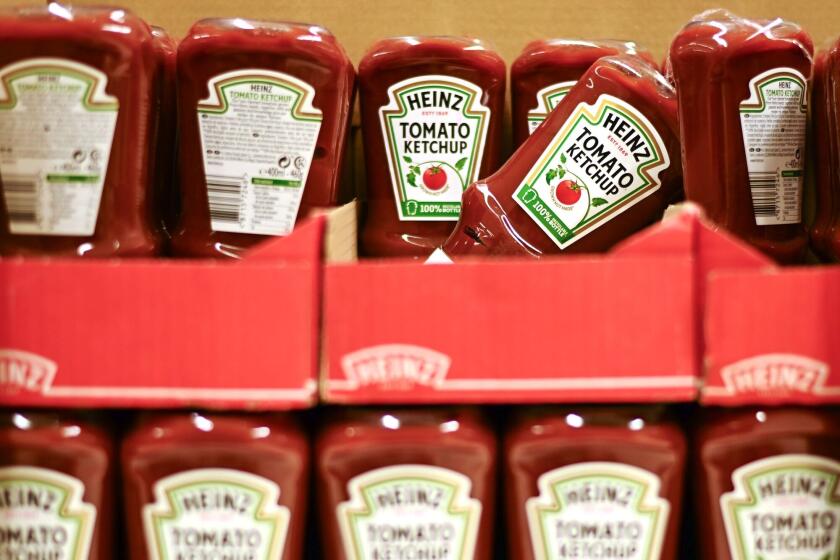Management Reshuffled at Douglas Aircraft Unit
- Share via
McDonnell Douglas realigned the management at its Douglas Aircraft unit in Long Beach Monday, dividing its military and commercial businesses in a throwback to the lines of authority that existed before several prior reorganizations.
Separately, American Airlines will announce today that it is finally ready to put two MD-11 jetliners into service, after Douglas fixed problems on them. American had refused to accept delivery of one aircraft and delayed putting the other into service for several months, dealing a public blow to Douglas earlier this year.
The latest management reorganization follows the departure of Douglas Deputy President John Capellupo, the blunt-speaking aircraft executive from St. Louis who was brought to Long Beach a year and a half ago to help restore order at the troubled firm.
Capellupo is being moved backed to St. Louis as president of McDonnell Aircraft, the military aircraft operation. That transfer surprised some veteran Douglas insiders who believed that Capellupo’s tasks at Douglas remained uncompleted.
Douglas President Robert Hood said in an interview that Capellupo’s talents are needed at McDonnell Aircraft, noting that the unit has failed to come up with a winning design for a jet fighter since the F-15 in the 1970s.
“We have to put some top-level attention to that side of the business,” Hood said. “While I hoped that Cap and I could be together for two years, the fact that we made it a year and a half is pretty good.”
The new structure will divide responsibility for Douglas’ military and commercial operations between two executive vice presidents--John Wolf for commercial operations and David Swain for the Air Force C-17 cargo-jet program.
Wolf, who has moved through a succession of jobs at Douglas, will have under his authority the MD-11, MD-80 and MD-90 jetliner programs, as well as product support operations. Swain succeeded the original C-17 program manager, Robert Clepper, who left after an illness.
Hood acknowledged that the current management structure at Douglas has added one layer since the massive reorganization in 1989, which was intended to substantially reduce management ranks. But he noted that the firm’s sales have grown from $4 billion at the time of that reorganization to $9 billion this year and an estimated $11 billion next year.
Hood also said the management realignment Monday has not reversed a key change implemented in 1989, in which individual aircraft programs were made separate profit and loss centers, with their own production and engineering organizations.
The impetus for at least one key aspect of the reorganization came from military officials, who had advocated that Douglas put greater emphasis on subcontract administration and purchasing, Hood said.
Douglas created the new position of vice president-product support for the C-17, filled by Tom Ryan Jr., a former Air Force general who was Douglas vice president for flight operations, safety and customer support. Ryan will report directly to Hood.
More to Read
Inside the business of entertainment
The Wide Shot brings you news, analysis and insights on everything from streaming wars to production — and what it all means for the future.
You may occasionally receive promotional content from the Los Angeles Times.











